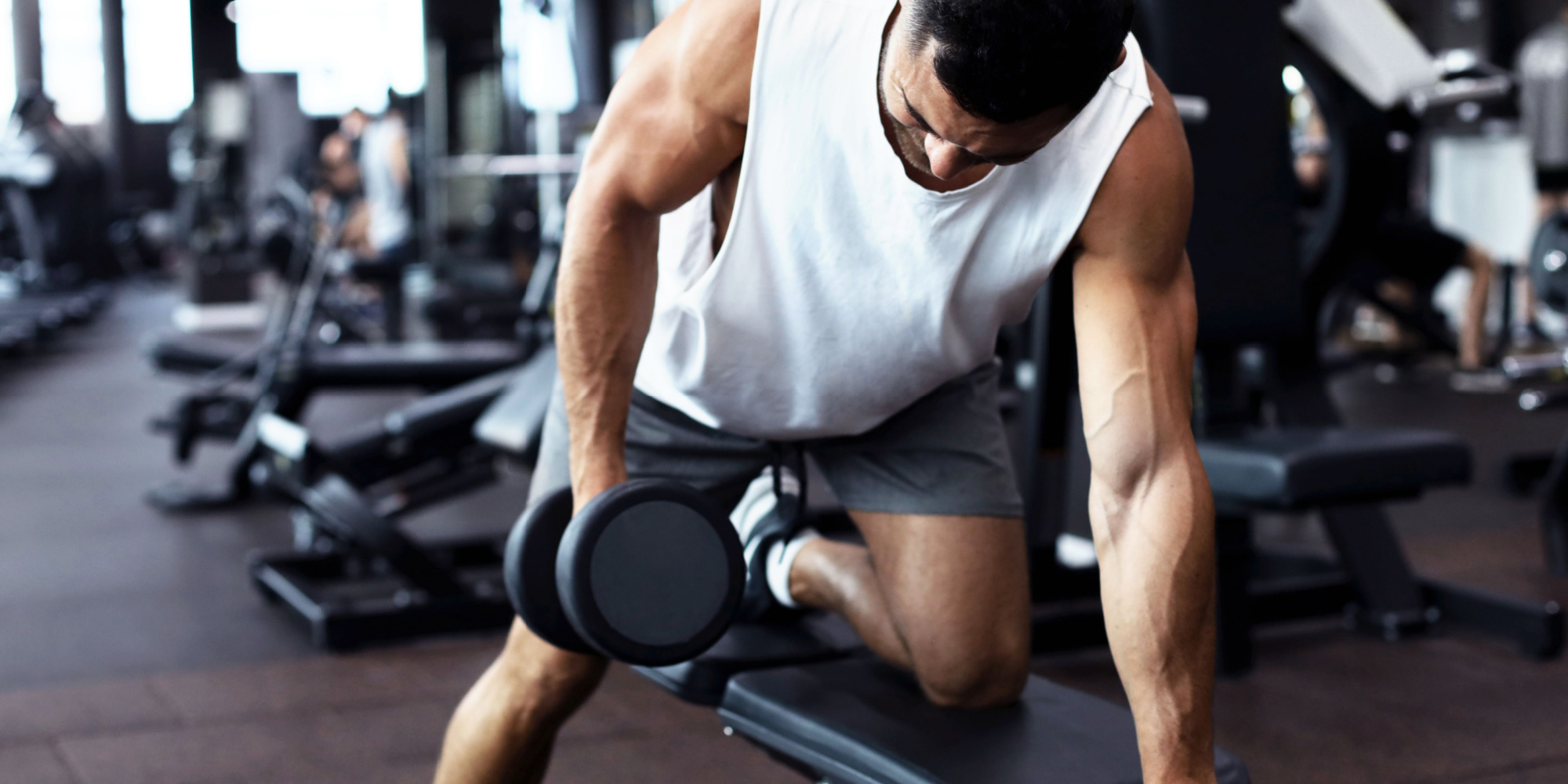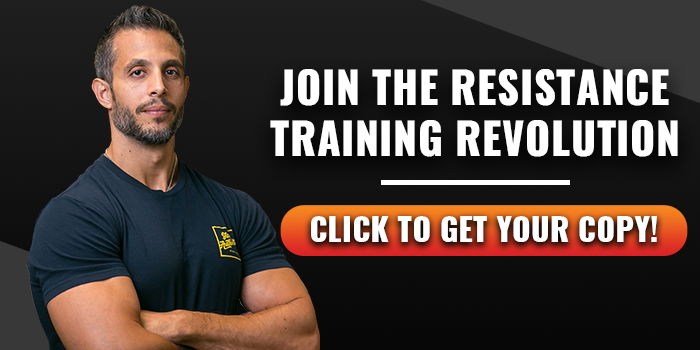Plan Your Workouts
You would think this is pretty common sense, but you’d be surprised by how many people don’t set specific goals or determine a course of action for their workouts. You may have dedicated days for legs, chest, and back, but do you have specific benchmarks or exercises lined up? Or do you show up to the gym and make up your mind on the spot?
As with most things, not forming a specific routine leads to inefficiency and wasted time. The night before, try to map out exactly what you want to accomplish, and the exercises that will help you get there.
You also need to make sure that when you plan your workouts, you consider training loads, and the number of repetitions and sets as well. Higher rep ranges around 15-18 with a light intensity will not give you the muscle-building response you want. Lighter weights are not enough to innervate the higher-threhold motor units in the muscle; with the use of heavier weights, more muscle fibers are being recruited and there is a greater emphasis on Type II muscle fibers. When more force and power is required to perform a movement, Type II muscle fibers are recruited. Type I muscle fibers come in handy when we are doing long-form cardio like distance running, cycling, and swimming. Because of its own cardiovascular and muscle endurance benefits, there is nothing wrong with Type I muscle fiber recruitment, but it won’t provide the muscle-building you desire. For the purposes of muscle hypertrophy, focus on a rep-range of 6-12, at 3-5 sets. So if you are used to a 10-12 rep range, go up in weight and shoot for 8-10 reps. Over time, this new stimulus will result in an increase in strength and muscle.
If you are still kind of lost and don’t know how to structure your workouts, MAPS Anabolic is a great place to start; this muscle-building program provides 12 weeks of easy-to-follow guided workouts that will help you work out smarter, not harder.
Calorie Intake and Protein
I will keep this short and sweet. If you are not consuming enough calories, you will not gain muscle. Period. Not only will you not build strength, but lifting performance and energy levels both in and outside the gym will suffer as well. If you find yourself having a hard time maintaining muscle, take a look at your diet and see if it has changed. Are you stressed and not eating as much as you were before? Or are you busier than usual, and you’ve developed a habit of skipping meals here and there? It happens, so just try to be more intentional and plan your meals or snacks ahead. We like Paleovalley beef sticks to help us hit our protein goals, even on our busiest days.
Protein is key for building and maintaining muscle, as it provides structure for contractile and fibrous proteins, hormones, enzymes, and immune chemicals. Without adequate protein, more than just muscle-building properties will suffer. Animal-based protein tends to provide the most bang for your buck, as they contain all the essential amino acids. It helps to consume a variety of protein sources, and there are benefits to plant-based proteins as well (hello, fiber).
Prioritize Rest
Take it from someone who is motivated by physical results and breaking lifting PRs that this can be one of the most challenging strategies when it comes to building and maintaining muscle. But if you’re consistently working out for over an hour 5(+) days per week (and you’re not sleeping well), you can bet that there will be a delay in muscle hypertrophy or inability to maintain the muscle you have already.
Here’s why.
The more stress you put on your body, the more sleep and rest you need. Despite how much exercise reduces our overall stress, you are still adding stress to your body as you're breaking down muscle during your workouts. Recovery and sleep is where the magic happens, when muscle repair occurs and thus become larger and stronger.
When we sleep, growth hormone goes up, and levels of the “hunger hormone”, ghrelin, are lowered. Higher ghrelin levels from short sleep duration could mess with your appetite and cravings, potentially sidetracking you from staying consistent with your planned, protein-rich eating habits.
Also, have you ever gotten a really restful night of sleep and not have a great workout the next day? Exactly.
Keep these things in mind when considering how to optimize rest and recovery:
- Large muscle groups recover more slowly than small muscle groups. If you have a pretty heavy leg day, consider taking at least 1-2 days off from lower body exercises to allow an ample amount of recovery. This doesn’t mean you need to do nothing, but you can focus on upper body movements or active rest activities like yoga, swimming, or walks.
- Maintain consistent sleeping patterns. Don’t short-change your sleep during the week and try to catch up on the weekends. It doesn’t work that way, as it can negatively affect your hormones.
Optimize your sleep environment by keeping your room cool and dark. Also, try to reduce blue light exposure before bed by either putting away your electronics two hours before bed, or wearing our favorite Felix Gray bluelight blocking glasses.






